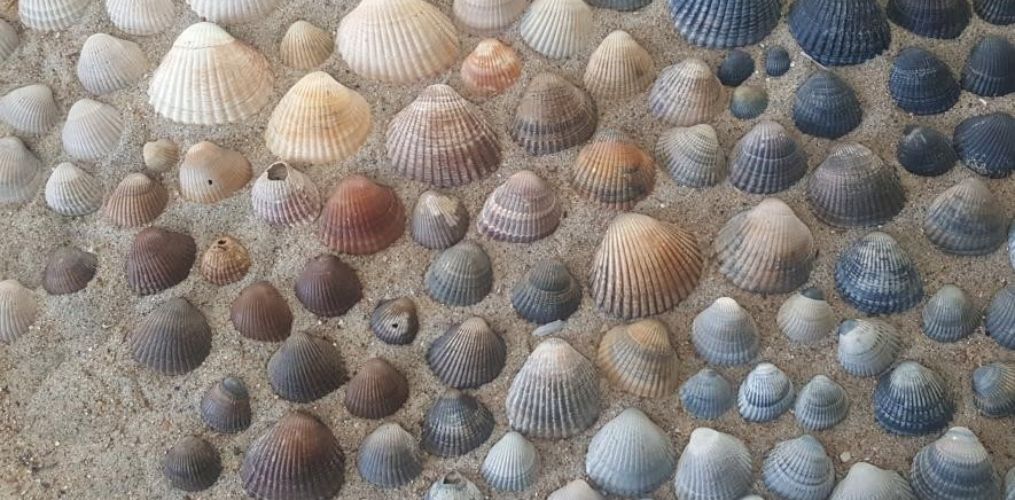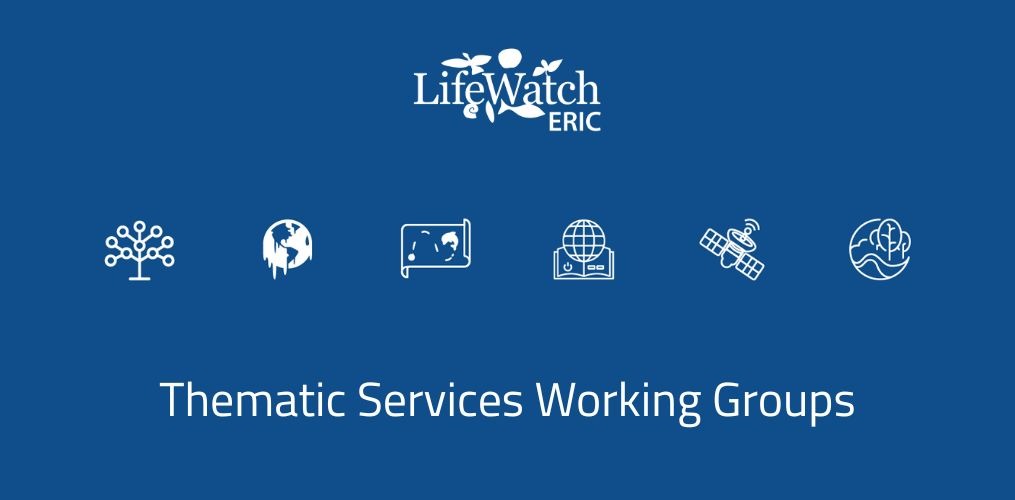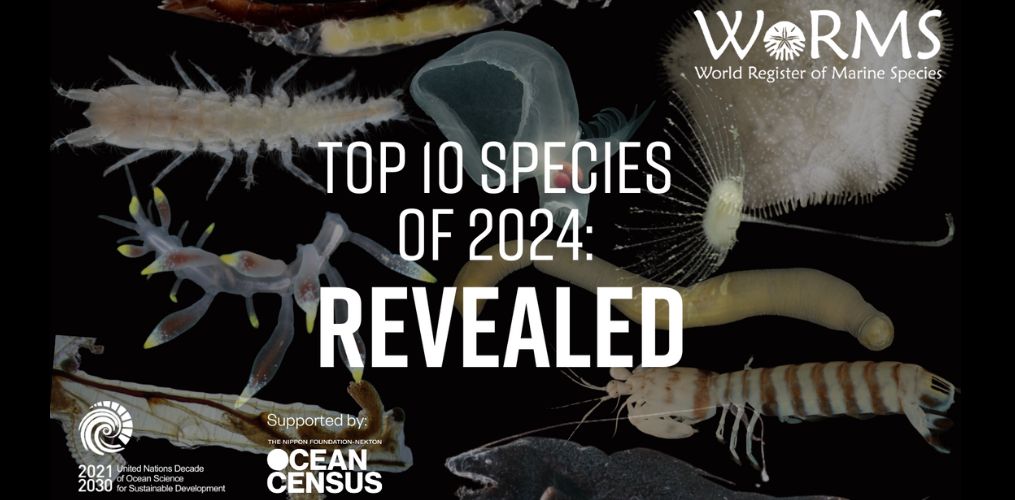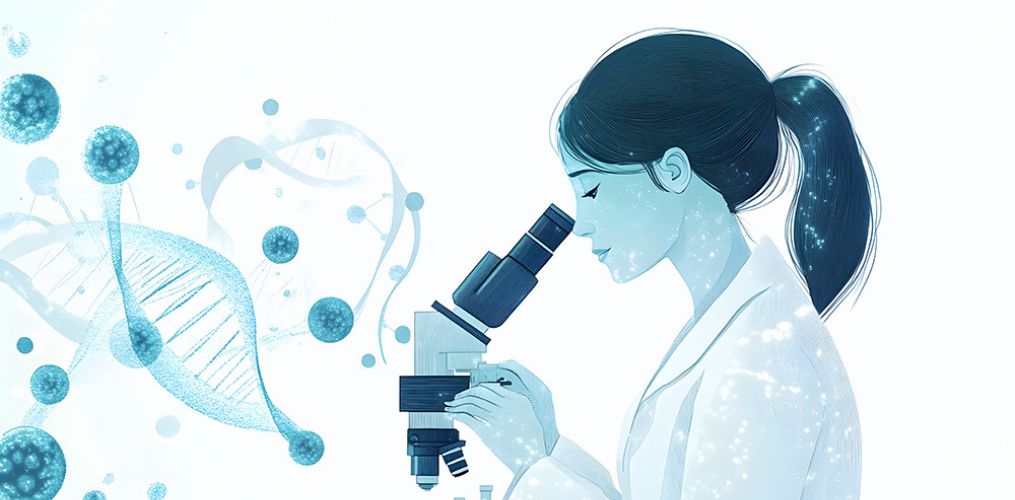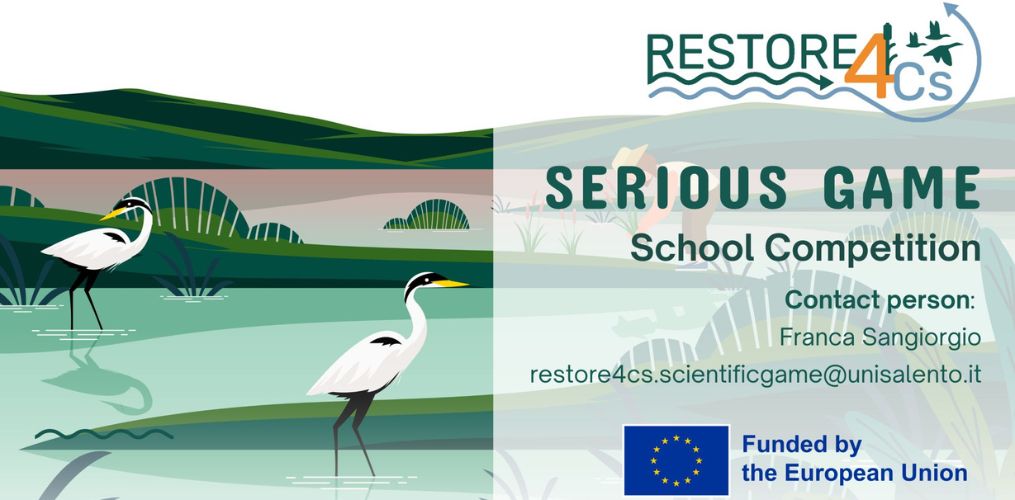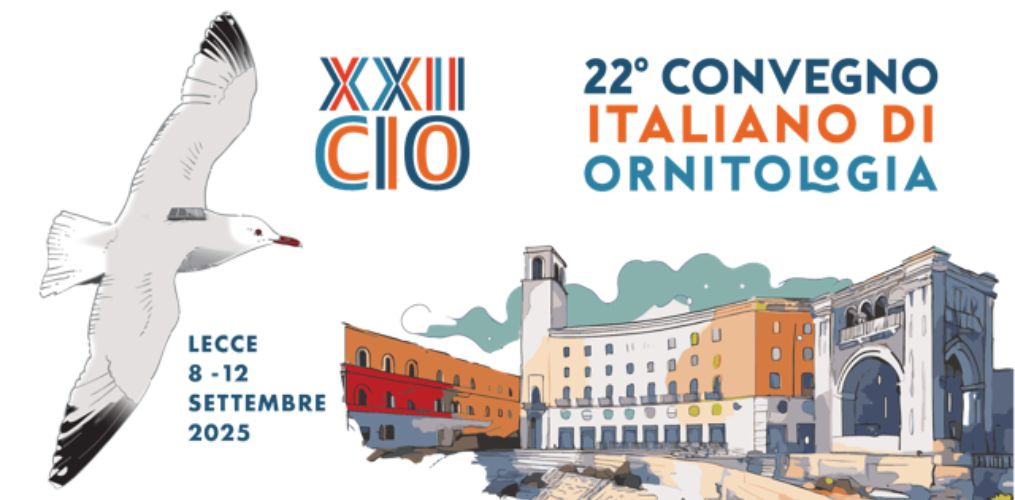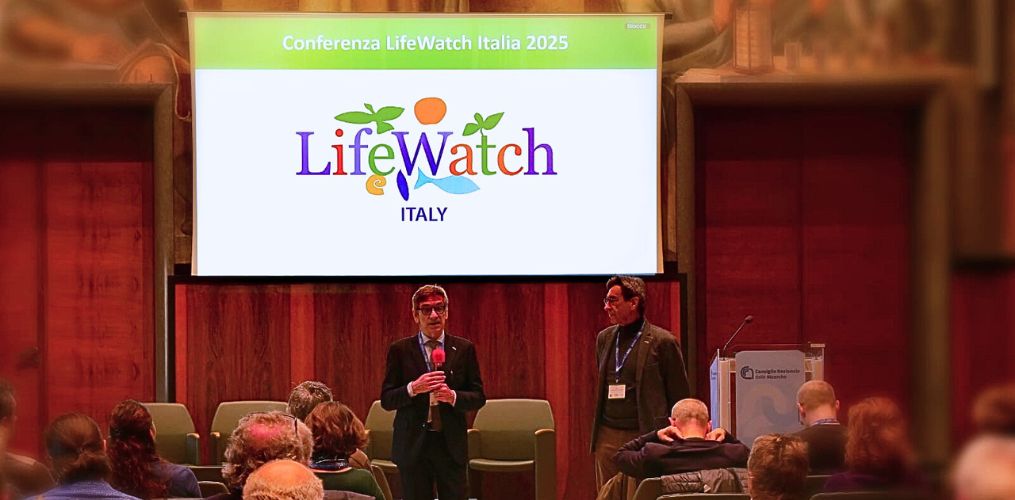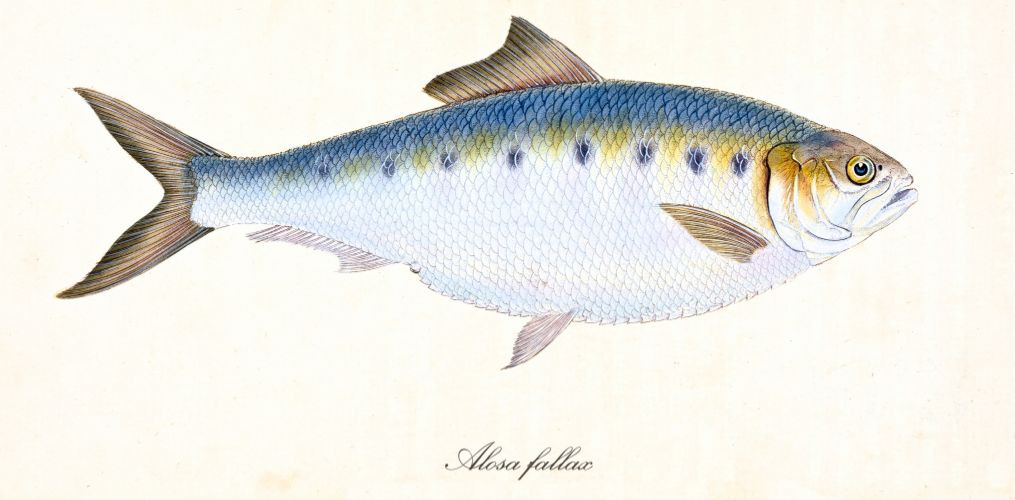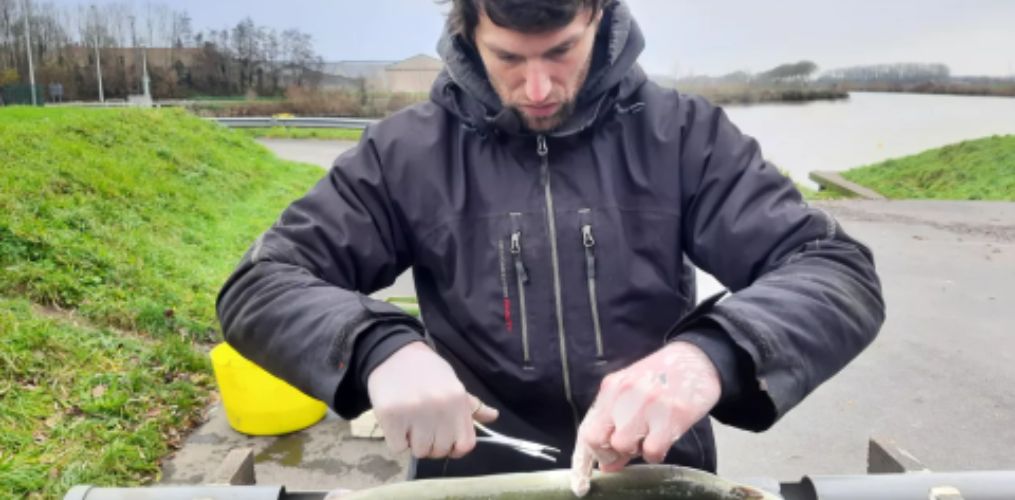The eighth edition of the Big Seashell Survey, held in March, gathered more than 3,500 participants across 400 km of coastline in northern France, Belgium, and the Netherlands, breaking the previous years’ records!
Participants collected and identified nearly 150,000 shells from 72 different species, with few differences between the three countries, although the cut trough shell, the Atlantic jackknife clam, the banded wedge shell, and the common cockle made it to the top five in all three of them.
The Big Seashell Survey is one of the largest European marine citizen science projects: in Belgium it is coordinated by The Flanders Marine Institute (VLIZ), in partnership with EOS wetenschap, Natuurpunt, Provincie West-Vlaanderen, Strandwerkgroep, Kusterfgoed, and 10 coastal municipalities.
The examination of thousands of common cockle shells on the Belgian coast led to interesting findings. The cockles’ colour showed that the vast majority of these shells are in fact subfossils: hard remains from decades, or even thousands of years ago. It seems that the currently living cockle populations are, in fact, extremely rare, at least in the regions taken under exam. The blue-gray colour, moreover, seems to be associated with low-oxygen environments where the remains might have been buried, such as clay or organic matter. This was the case for 56% of the examined samples, while the ones in brighter colours might have laid in well-oxygenated environments, like gullies or open beach areas.
If you are curious about the other findings, read the full article on LifeWatch Belgium: https://www.lifewatch.be/news/old-cockles-and-record-number-shells-eighth-edition-big-seashell-survey
Picture from Nancy Fockedey: Cockles in 50 shades of grey and brown: subfossils and fossils from the Holocene and Pleistocene. Source: LifeWatch Belgium (VLIZ)
